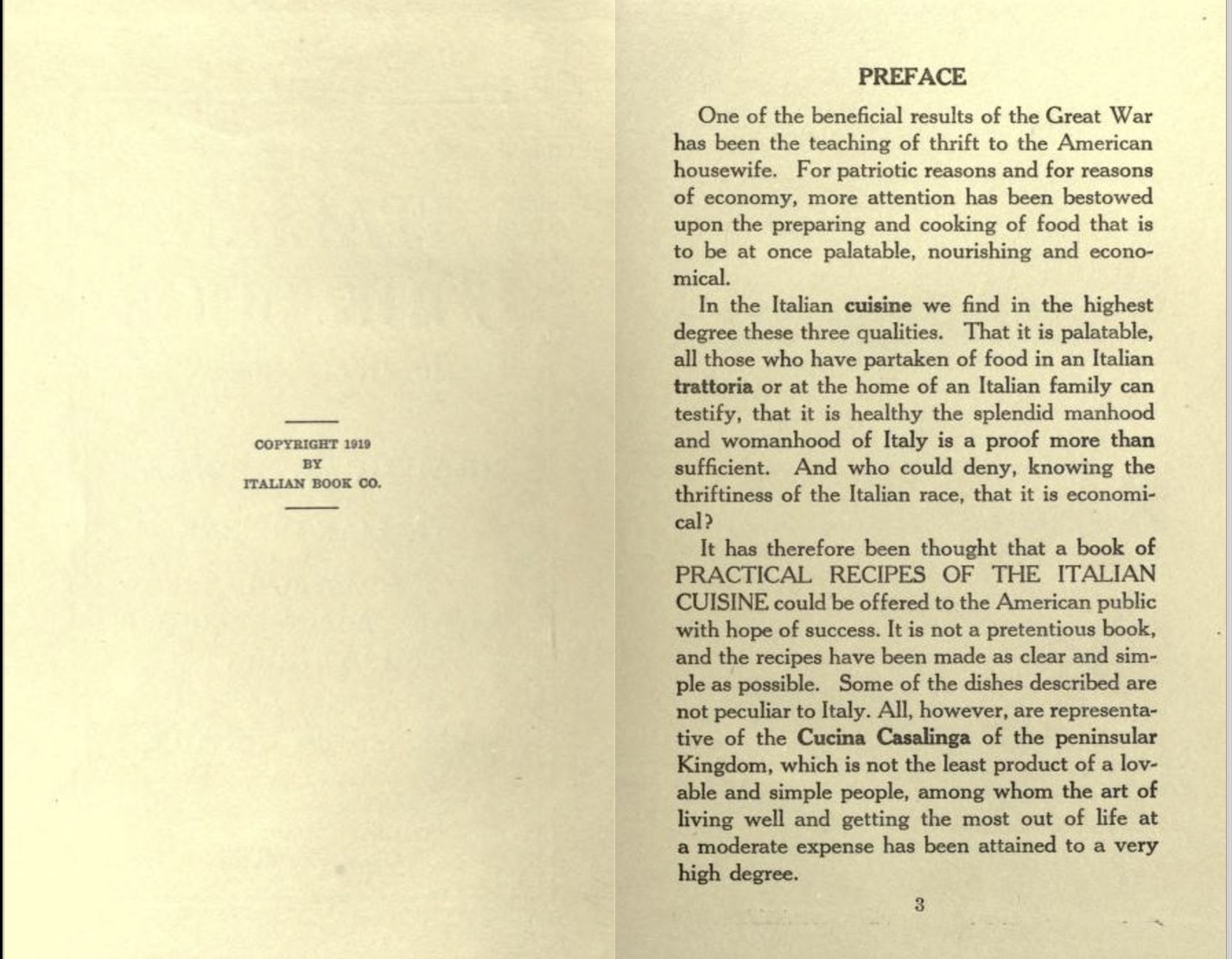Memories through Food Writing
“It’s often said that we know our ethnicity and its history through the foods we inherit from our families, the scents and savors of what was once the quotidian.”
- Sandra M. Gilbert, The Culinary Imagination (p. 168)
When it comes to survival, humans need to maintain multiple activities in order to sustain life including having proper access to food. Yet, food is not just necessary for staying alive, it is also vital for keeping cultures and traditions active. Food is an aspect of our identity that can provide a great sense of comfort, even when in a new place, and has “the remarkable ability to bring people together and create a sense of connection” (University of British Columbia, 2024). Whether an individual is traveling to another country, or going down the street to a new restaurant, “food is often the first point of contact in experiencing and learning about different food cultures that exist between and within communities” (University of British Columbia, 2024). As food is a universal factor for humans, experiencing other culture’s cuisines invites individuals of different cultures to learn, and embrace various backgrounds through the sharing of food.
Placing an importance on food is a prominent idea within the Italian American community, especially for those who settled in California during the late nineteenth and early twentieth centuries. For Italian Americans “low incomes and tradition encouraged them to grow and produce their own food”, which was a much easier task for those who settled in California, where the conditions are similar to Italy (Gabaccia, We are What We Eat, p. 52). In the Bay Area and Southern California, Many Italian Americans began to work in the agriculture and fishing industries, along with selling fruit by stands, which allowed them to use skills they already had from their towns in Italy. (Mother Lode, 0:30:10-0:31:25). Through working in the fishing industry, Italian Americans introduced the greater population to new forms of seafood, including calamari, allowing Italian Americans to share their culture with other Americans. Similarly, Italian food preparations were shared with the greater public through the creation of “Italian” cookbooks. The use of cookbooks in Italian American culture allowed for more Italian Americans, and members of other communities, to explore the recipes that hold so much memory for the Italian American community, as cookbooks have “unique capacities to unify populations on conscious and unconscious, popular, and private levels” (Gabaccia, Food, Recipes…). These cookbooks allowed Italian recipes that were shared orally within families to be shared with the general public, therefore shaping views of Italian immigrants based on their food preparations, as “foodways and consumerism provided the means for Italian immigrants and their children to create a distinctive Italian American identity (Nicolosi, p. 104).
Yet, cookbooks are not the only method or genre being used to share the attachment Italian Americans have to food in terms of memories, nor are they effective in providing accurate depictions of Italian Americans. Rather, food writing has become a prominent way of sharing more intimate memories than traditional cookbooks possess. Food writing, such as the works of Luisa Guilianetti, not only invites Italian Americans to relate their own experiences to those of other Italian Americans, but invites an intertwining of cultures through a universal love of food, and the many complex aspects of culture that can be described through preparing and eating food. In this way, Italian American food writing allows Italian Americans to feel more connected with their ancestors, provides insight into the memories of Italian Americans for the general public, and creates a space for cultures to build bridges through similarities in food stories.
Credit: Faith Fitzpatrick
